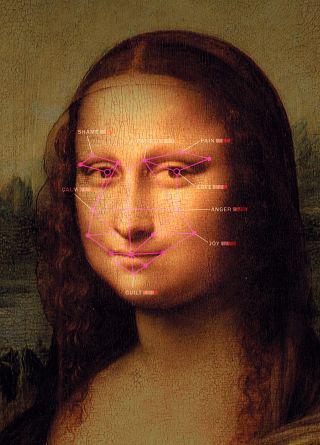Three years ago, archivists at A.T. & T. stumbled upon a rare fragment of computer history: a short film that Jim Henson produced for Ma Bell, in 1963. Henson had been hired to make the film for a conference that the company was convening to showcase its strengths in machine-to-machine communication. Told to devise a faux robot that believed it functioned better than a person, he came up with a cocky, boxy, jittery, bleeping Muppet on wheels. “This is computer H14,” it proclaims as the film begins. “Data program readout: number fourteen ninety-two per cent H2SOSO.” (Robots of that era always seemed obligated to initiate speech with senseless jargon.) “Begin subject: Man and the Machine,” it continues. “The machine possesses supreme intelligence, a faultless memory, and a beautiful soul.” A blast of exhaust from one of its ports vaporizes a passing bird. “Correction,” it says. “The machine does not have a soul. It has no bothersome emotions. While mere mortals wallow in a sea of emotionalism, the machine is busy digesting vast oceans of information in a single all-encompassing gulp.” H14 then takes such a gulp, which proves overwhelming. Ticking and whirring, it begs for a human mechanic; seconds later, it explodes.
The film, titled “Robot,” captures the aspirations that computer scientists held half a century ago (to build boxes of flawless logic), as well as the social anxieties that people felt about those aspirations (that such machines, by design or by accident, posed a threat). Henson’s film offered something else, too: a critique—echoed on television and in novels but dismissed by computer engineers—that, no matter a system’s capacity for errorless calculation, it will remain inflexible and fundamentally unintelligent until the people who design it consider emotions less bothersome. H14, like all computers in the real world, was an imbecile.
Today, machines seem to get better every day at digesting vast gulps of information—and they remain as emotionally inert as ever. But since the nineteen-nineties a small number of researchers have been working to give computers the capacity to read our feelings and react, in ways that have come to seem startlingly human. Experts on the voice have trained computers to identify deep patterns in vocal pitch, rhythm, and intensity; their software can scan a conversation between a woman and a child and determine if the woman is a mother, whether she is looking the child in the eye, whether she is angry or frustrated or joyful. Other machines can measure sentiment by assessing the arrangement of our words, or by reading our gestures. Still others can do so from facial expressions.
[For more of this story, written by Raffi Khatchadourian, go to http://www.newyorker.com/magaz...2015/01/19/know-feel]




Comments (0)